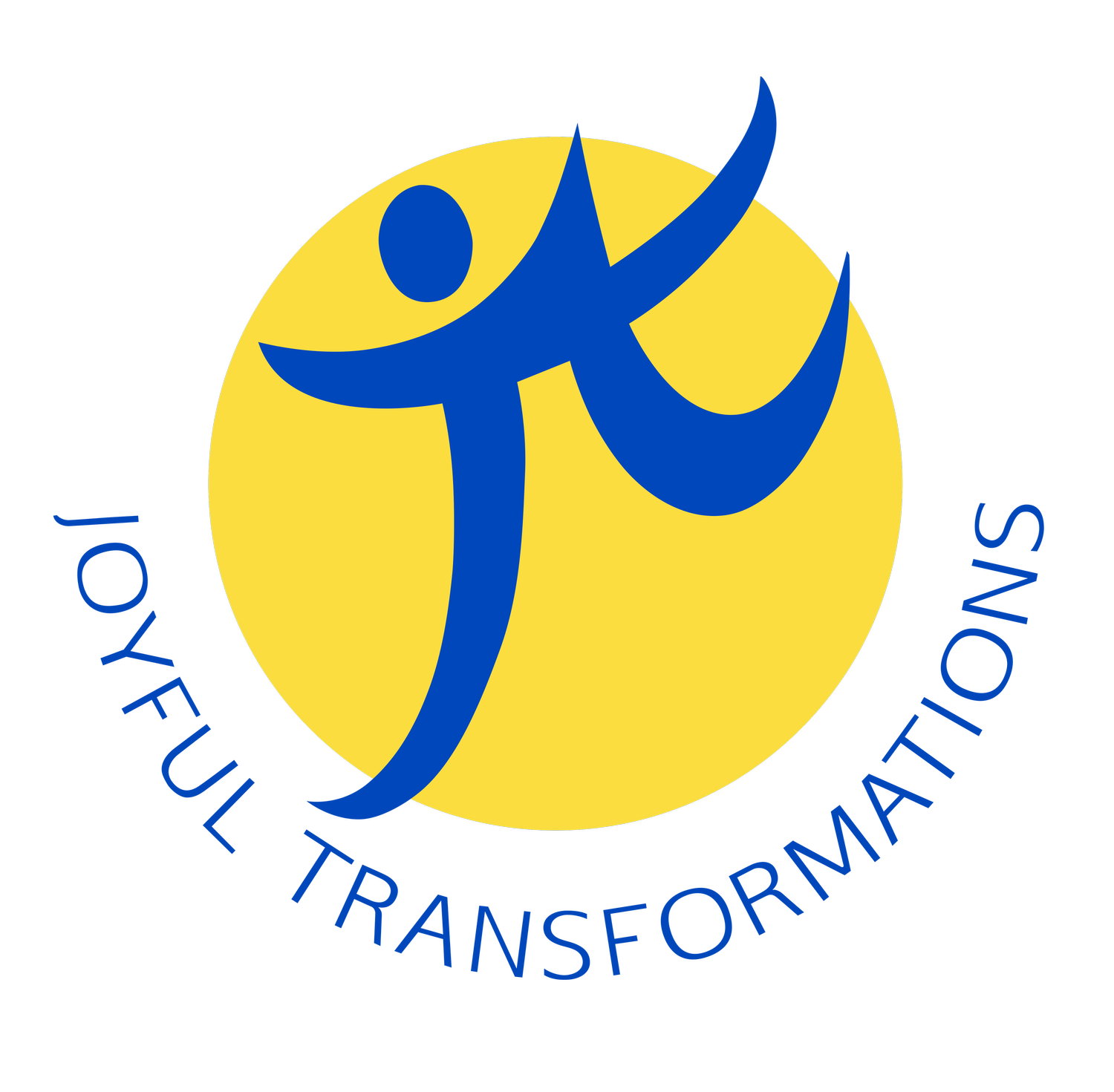5 Practical Ways To Make Your Career Future-ready
A few weeks ago, my teenage daughter chatted me about the career talks that were held at her school. Just like most adults who were once in her shoes, she echoed confusion between passion and profitability, as well as interest and relevance.
The conversation could not have happened at a better time, learning a few days at the “Transformation of Work in Asia Pacific in the 21st Century” forum at the Asian Institute of Management that 65% of school children today will work in job types that do not exist yet (World Economic Forum, 2016). Another report released by the Institute For the Future (IFTF) claimed that 85% of the jobs that will exist by 2030 — around the time that my daughter and her peers will enter the workforce — are yet to be imagined and created while millennials are expected to change their careers — take note, not jobs — at least three times in their lifetime.
These projections pose important questions on the various segments of society: How can today’s institutions prepare for the workplace of the future? What mindsets and skills do we need to cultivate now?
As for individuals, here are some tips on how you can future-proof your career:
1 Empathy is a vital currency
Data from various sources such as the 2017 Pew Research Survey and a quick search at websites like, willrobotstakemyjob.com, show that empathy-oriented and non-cognitive (soft skills) jobs requiring human connection will most likely be protected from automation. Motivate your children if they show any interest in helping jobs such as teaching, counseling, and coaching, to name a few.
2 Agility remains a competitive advantage
Whether you are a worker or a leader in an organization, your relevance in the future will be directly proportional to your level of agility.
BusinessDictionary.com defines organizational agility as follows:
The capability of a company to rapidly change or adapt in response to changes in the market. A high degree of organizational agility can help a company to react successfully to the emergence of new competitors, the development of new industry-changing technologies, or sudden shifts in overall market conditions.
At the level of governments, it is important to ask, how can we harness the power of legislation and governance in order to make regulations supportive of rapid change, instead of restrictive, and thereby, create a future-ready political and economic environment?
3 Learn how to (un)learn fast
In both schools and workplaces, skill acquisition is a continuing process of lifelong learning. Efforts to democratize learning through e-learning platforms such as Coursera and Skillshare, and open university programs seem to point at the growing demand and value of mobile and fast-paced learning. As skills need to be continuously updated, or probably, completely transformed, professional certification programs may be more valuable than full degrees in the latter decades of the 21st century.
As an individual, you can take charge of charting your future career by viewing skills acquisition and lifelong learning as investments much like your variable life insurance plans, equities, and mutual funds. Focus on learning skills that will enhance your creativity, critical thinking, and inter-personal relations.
4 Humanities is no longer for the “weak”
At the tail-end of the 20th century, STEM (Science Technology Engineering Math) careers were seen as the “in” thing. In the Philippines, where parents and elder relatives often take part in their children’s decision making process, STEM jobs were seen as the way towards job and financial security. Business and management-related courses were the next viable career options. If you decided to take interdisciplinary courses and humanities-related tracks, you may have most likely been either frowned upon or asked, “what is that?”
Now is the best time to start working on a confluence between STEM, humanities, business management, and social sciences. There are increasing efforts to integrate the arts into STEM to create STEAM, and a growing demand for people-centered design among innovations through Design Thinking methodologies. On the other hand, workplaces are advised to be consistent about upskilling and reskilling their workforce. Both of these were part of the recommendations made by the IT and Business Process Association of the Philippines, which expects to create more than 1.8M jobs in the future despite the threats posed by automation on the industry. Of said jobs to be created, 500,000 are expected to be in the countryside.
5 Mobility & flexibility are keys to attracting and engaging talent
It is the workplace that must adjust, not the employees. If there is anything that organizations must learn now as they grapple with retention, it is that professionals today need to be continuously inspired with new knowledge and fresh experiences.
The information boom has disrupted a lot of career and workplace norms in the last few years. Today’s young workforce is mostly after the speed and accessibility of information, fast career advancement, and personal fulfillment that are aligned with the third success metric posited by Arianna Huffington in her groundbreaking book, Thrive. There is a greater call for mobility and flexibility in an increasingly borderless world. All of this should be seen by organizations and their mostly Baby Boomer leaders as legitimate motivators rather than behavioral issues that must be pacified and restricted.
These great disruptions in the last three to five years should excite us, rather than cause us fear and panic. For the Solution Focused individual, team, or organization, this is the time to take stock of your personal or collective strengths, skills, and resources as they are the counters that will bring you closer to your desired future and make your career future-ready.
Note: This article was originally written in March 2019. A year after this article was written, the COVID-19 pandemic has disrupted the modern workplace thus, becoming the turning point that sets the momentum for the 4th Industrial Revolution and the creation of the new normal of work.
